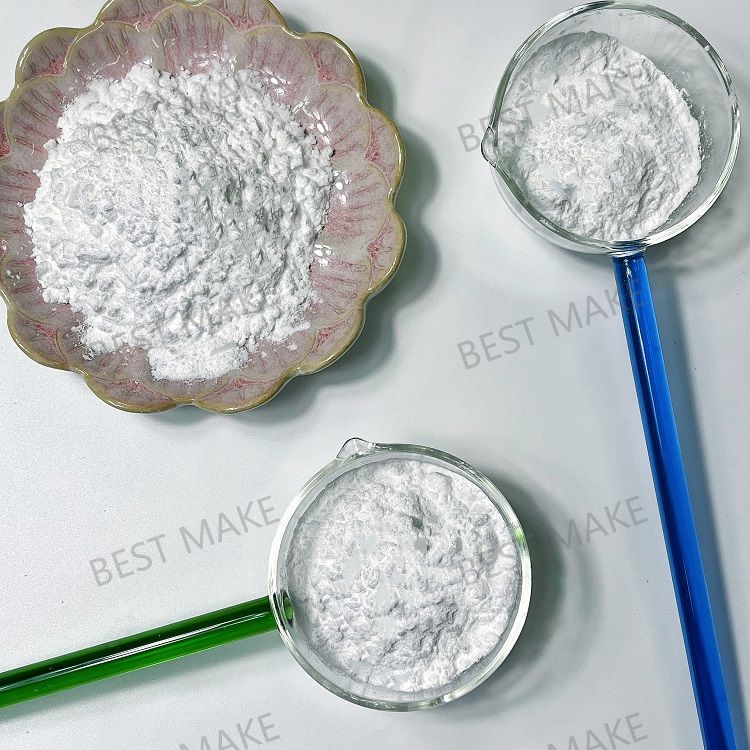-
Categories
-
Pharmaceutical Intermediates
-
Active Pharmaceutical Ingredients
-
Food Additives
- Industrial Coatings
- Agrochemicals
- Dyes and Pigments
- Surfactant
- Flavors and Fragrances
- Chemical Reagents
- Catalyst and Auxiliary
- Natural Products
- Inorganic Chemistry
-
Organic Chemistry
-
Biochemical Engineering
- Analytical Chemistry
- Cosmetic Ingredient
-
Pharmaceutical Intermediates
Promotion
ECHEMI Mall
Wholesale
Weekly Price
Exhibition
News
-
Trade Service
Researchers at the University of Cambridge in the United Kingdom have developed a new lithium-oxygen battery, which is expected to break through the bottleneck
of electric vehicle technology.
It is reported that the product has overcome many technical difficulties including power, price and cruising range, and is expected to replace the current on-board lithium-ion battery
.
Lithium-oxygen batteries are also known as lithium-air batteries
.
Its energy density is theoretically 10 times higher than the lithium-ion batteries currently used in electric vehicles, close to gasoline energy, enough to make electric vehicles range hundreds of kilometers.
At present, most electric vehicles use lithium-ion batteries, and sales have been hampered by high prices and insufficient range
.
The Nissan Leaf, for example, has a cruising range of about 250 km (150 km).
Researchers said that the cost and weight of the new lithium-oxygen battery developed this time are only one-fifth of lithium-ion batteries, which will effectively solve the two major problems
that restrict the development of electric vehicles.
This battery can be cycled more than 2,000 times, and the current charge and discharge efficiency is as high as 93%.
Research leader Clare Grey, a professor of materials chemistry at the University of Cambridge, said the project was "difficult, but a step towards practical batteries.
"
However, this technology is still in the research and development stage, and the actual finished product is expected to be at least ten years later, Grey said that it is too early to mass produce it in cars, because the current lithium-oxygen battery still cannot stably charge and discharge
.
Researchers at the University of Cambridge in the United Kingdom have developed a new lithium-oxygen battery, which is expected to break through the bottleneck
of electric vehicle technology.
It is reported that the product has overcome many technical difficulties including power, price and cruising range, and is expected to replace the current on-board lithium-ion battery
.
Lithium-oxygen batteries are also known as lithium-air batteries
.
Its energy density is theoretically 10 times higher than the lithium-ion batteries currently used in electric vehicles, close to gasoline energy, enough to make electric vehicles range hundreds of kilometers.
At present, most electric vehicles use lithium-ion batteries, and sales have been hampered by high prices and insufficient range
.
The Nissan Leaf, for example, has a cruising range of about 250 km (150 km).
Researchers said that the cost and weight of the new lithium-oxygen battery developed this time are only one-fifth of lithium-ion batteries, which will effectively solve the two major problems
that restrict the development of electric vehicles.
This battery can be cycled more than 2,000 times, and the current charge and discharge efficiency is as high as 93%.
Research leader Clare Grey, a professor of materials chemistry at the University of Cambridge, said the project was "difficult, but a step towards practical batteries.
"
However, this technology is still in the research and development stage, and the actual finished product is expected to be at least ten years later, Grey said that it is too early to mass produce it in cars, because the current lithium-oxygen battery still cannot stably charge and discharge
.







